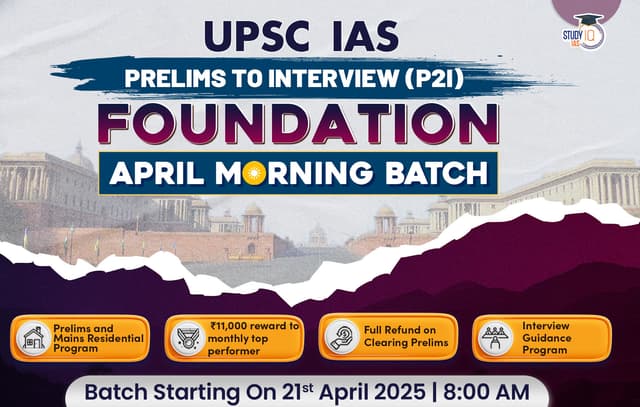Table of Contents
About Small Savings Scheme
- Small savings schemes are central government-managed savings instruments designed to encourage regular saving across all age groups.
- These schemes are attractive due to their higher returns compared to bank fixed deposits, sovereign guarantees, and tax benefits.
Reason for Rate Cuts
Government Securities (G-Sec) Yields
- G-Sec yields, to which small savings rates have been linked since 2016, have declined further since October 2024.
- Interest rates on small savings schemes are now significantly higher than corresponding G-sec yields. The gap between small savings rates and G-sec yields creates room for cuts.
| National Small Savings Fund (NSSF) |
|
Categories of Small Savings Schemes
These instruments can be categorized into 3 groups:
- Postal Deposits: These include savings accounts, recurring deposits, time deposits with different maturities, and the Monthly Income Scheme (MIS).
- Savings Certificates: National Savings Certificate (NSC) and the Kisan Vikas Patra (KVP).
- Social Security Schemes: Public Provident Fund (PPF), the Senior Citizens’ Savings Scheme (SCSS) and the Sukanya Samriddhi Yojana.
Popular Category of Small Saving Scheme
- Public Provident Fund: This works as a provident fund for adults as well as minorities.
- The PPF has a lower limit of balance holding INR 500 and an upper limit of INR 1.5 Lac.
- The maturity time of the PPF account is 15 years.
- Post Office Recurring Deposit: Post Office RD is a saving scheme that can be continued with Indian Postal Offices.
- In this scheme, a minimum balance of Rs. 10/- should be maintained every month.
- Post Office Fixed Deposit: Fixed deposits in Post Offices are the same as the banks.
- The difference is the minimum amount here is INR 200/- unlike the other commercial banks.
- Kisan Vikas Patra: This is another small saving scheme that can be purchased from the PO.
- The Patra or certificate costs INR 1000/- (minimum).
- The maturity time is 113 months.
- Sukanya Samriddhi Yojana Scheme (SSYS): It is a government-backed deposit programme for girls.
- It was introduced as a part of the “Beti Bachao Beti Padhao” campaign, aids in providing for a girl child’s financial needs and offers income-tax advantages under section 80C.
Advantages of Savings Schemes
- Emergency Fund: It helps a person from unexpected personal and medical emergencies.
- Income Source: Savings schemes also work as an additional source of income.
- It gives financial discipline to a person.
- Long-term advantages: By investing in savings plans, people can attain their long-term objectives, such as retirement plans, children’s schooling, and children’s marriage.
- Customer Friendly: The majority of contributions paid to the programmes can be made online, and maintenance and investing are fairly straightforward.
- Security and safety: The contributions that are made towards the schemes are minimal on risk as well as safe and secure since the schemes are launched by the Indian Government.
- Tax Savings: Many saving schemes offer one or the other kind of tax benefits—may it be tax deductions, exemptions, or both.
- Some schemes qualify for a tax deduction on investments of up to Rs.1.5 lakh under Section 80C of the Income Tax Act, while some, offer an exemption on the investment, interest accrued, and the maturity amount.
Calculation of Interest Rates
The method to calculate interest rates for small savings schemes has been provided by the Shyamala Gopinath Committee.
- The committee had recommended that the interest rates of various schemes be 25 to 100 basis points higher than the yields of similar maturity government bonds.
- As per Reserve Bank of India guidelines, the rates on these small savings schemes are calculated on the yields on government securities (G-secs).
- The interest rates of savings schemes are decided by the government and vary every 3 months to a year. Reference period for small savings rates for the January-March quarter is September-November.


 New Phase of Operation Chakra to Combat ...
New Phase of Operation Chakra to Combat ...
 Bhashanet Portal : Empowering Multilingu...
Bhashanet Portal : Empowering Multilingu...
 Grameen Credit Score (GCS), Objectives a...
Grameen Credit Score (GCS), Objectives a...





















